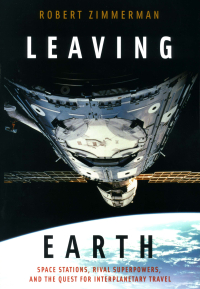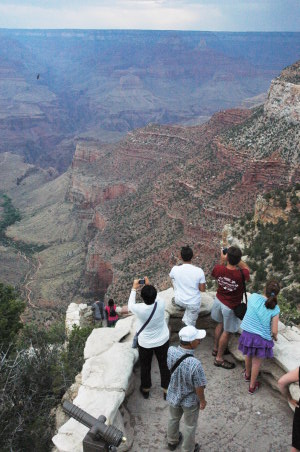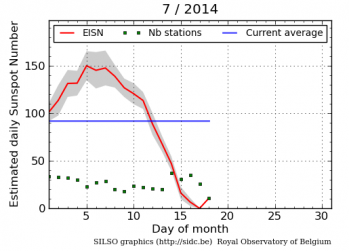SLS needs more money!
Surprise, surprise! A GAO report finds that SLS is over budget and that NASA will need an additional $400 million to complete its first orbital launch in 2017.
NASA isn’t meeting its own requirements for matching cost and schedule resources with the congressional requirement to launch the first SLS in December 2017. NASA usually uses a calculation it calls the “joint cost and schedule confidence level” to decide the odds a program will come in on time and on budget. “NASA policy usually requires a 70 percent confidence level for a program to proceed with final design and fabrication,” the GAO report says, and the SLS is not at that level. The report adds that government programs that can’t match requirements to resources “are at increased risk of cost and schedule growth.”
In other words, the GAO says SLS is at risk of costing more than the current estimate of $12 billion to reach the first launch or taking longer to get there. Similar cost and schedule problems – although of a larger magnitude – led President Obama to cancel SLS’s predecessor rocket system called Constellation shortly after taking office. [emphasis mine]
I want to underline the current $12 billion estimate for the program’s cost to achieve one unmanned launch. That is four times what it is costing NASA to get SpaceX, Boeing, and Sierra Nevada to build their three spaceships, all scheduled for first manned launch before 2017. SLS not only can’t get off the ground before 2017, it can’t even get built for $12 billion.
If this isn’t the definition of a wasteful, boondoggle designed merely as pork, I don’t know what is. And what I do know is that there is no way SLS is going to ever get the United States back into space. It should be shut down, now.
Surprise, surprise! A GAO report finds that SLS is over budget and that NASA will need an additional $400 million to complete its first orbital launch in 2017.
NASA isn’t meeting its own requirements for matching cost and schedule resources with the congressional requirement to launch the first SLS in December 2017. NASA usually uses a calculation it calls the “joint cost and schedule confidence level” to decide the odds a program will come in on time and on budget. “NASA policy usually requires a 70 percent confidence level for a program to proceed with final design and fabrication,” the GAO report says, and the SLS is not at that level. The report adds that government programs that can’t match requirements to resources “are at increased risk of cost and schedule growth.”
In other words, the GAO says SLS is at risk of costing more than the current estimate of $12 billion to reach the first launch or taking longer to get there. Similar cost and schedule problems – although of a larger magnitude – led President Obama to cancel SLS’s predecessor rocket system called Constellation shortly after taking office. [emphasis mine]
I want to underline the current $12 billion estimate for the program’s cost to achieve one unmanned launch. That is four times what it is costing NASA to get SpaceX, Boeing, and Sierra Nevada to build their three spaceships, all scheduled for first manned launch before 2017. SLS not only can’t get off the ground before 2017, it can’t even get built for $12 billion.
If this isn’t the definition of a wasteful, boondoggle designed merely as pork, I don’t know what is. And what I do know is that there is no way SLS is going to ever get the United States back into space. It should be shut down, now.





